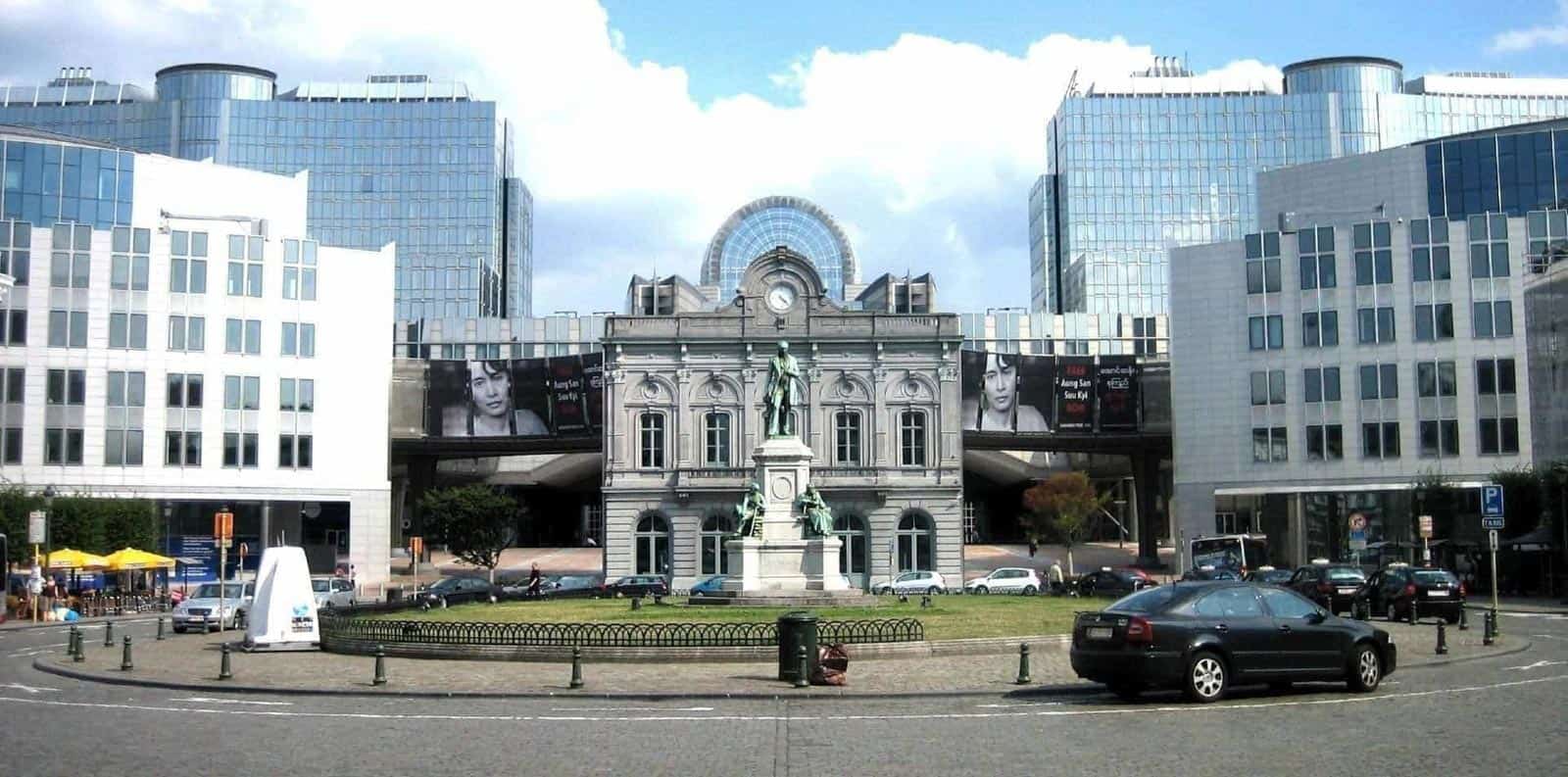The legal battle to save Slovakia’s natural heritage
The forests of Slovakia are facing a serious danger: sanitary logging, is abused on exploatation of forests, including National parks, Natura 2000 sites and sometimes even strict reserves. Now, due to pressures coming from the initiative My sme les (We Are the Forest), bringing together citizens and experts, an environmental inspection is currently taking place to investigate some of the current logging activities in Veľká Fatra, Low Tatra mts. and other mountain ranges. The temporary result is state surveillance and ban on logging in the valuable habitats of the Western Capercaillie. The logging ban will apply until the end of the state inspection. This is a good example to the need for an amendment to the Nature Protection Act in Slovakia. The parliament has yet to approve the amendment.
National Park Veľká Fatra
The National Park Veľká Fatra lies in the north-western part of Central Slovakia. It is one of the largest and most amazing mountain ranges in Slovakia, protected as a National Park and Natura 2000 site. The broken relief of the National Park creates unique geological formations, such as various canyon valleys and numerous caves. Characteristic habitats of this protected area are mountain meadows, that were created by deforestation in the times of the Wallachian colonisation. However, its uniqueness lies in great extent in its richness in natural and primeval forests.

Logging practices in Slovakia
Nevertheless, over the last decades, a large number of old forests have been destroyed by logging, driven by the idea that the forest has to be renewed by the eradication of old tree stands, irrespective of what protected species they may contain. Today, the forests of the Velka Fatra, together with other Slovakian mountain ranges, face the danger of sanitary logging. Unfortunately natural, untouched forests are also not an exception – the pressure coming from the timber industry leads to the complete exploitation of these forests. Only the forests inside the strict natural reserves are safe. However, they are quite small and they are not sufficient for protection of more space demanding species and large-scale natural processes. This not only results in the fragmentation of the forest ecosystem and biodiversity loss but also the weakening of important forest ecosystem functions, such as climate regulation, watershet protection and the prevention of soil erosion. We are losing our last valuable compact areas of natural forests, which are key in the age of rapid climate overheating.




Sanitary logging as a forestry intervention operation is justified for the purpose of eliminating tree stands targeted by natural disturbances, such as the bark beetle. On the contrary however, as the term suggests, natural disturbances have always been part of forests. Forest ecosystems are not only adapted, but even dependent on these disturbances. They are self-functioning, self-regulating systems that needs no help, however, the last fragments of primary forests, threatened by human activity need protection. The forest acts as a dynamic mosaic where individual pieces change over time. By supressing the natural disturbances in protected areas, we will only achieve loss of biodiversity, loss of functionality and, in addition, the loss of attractiveness for visitors.
Need for legal change
Veľká Fatra is an extremely valuable treasure and wonderful wild corner of which there hasn’t been much left in Europe (check the photo gallery by Ondrej Kameniar). Recently, through the work of the REMOTE primary forests research institute it got on the front page of the prestigious journal Nature, which is of great importance to raise attention to the ongoing protection issues. With the amendment being approved, any timber harvesting from the second level of nature protection up, must be assessed and approved by the nature and landscape protection authority. This measure, however, is just a patch on the wound instead of a solution. Paralell to legal change, we should finally clearly state that in protected areas, nature protection is indeed the priority.




























Photos © Ondrej Kameniar








